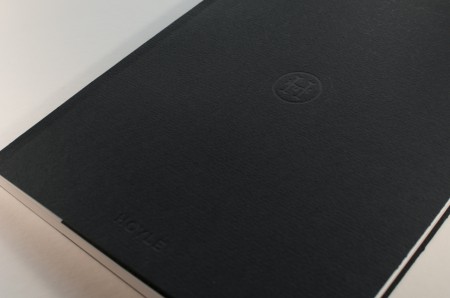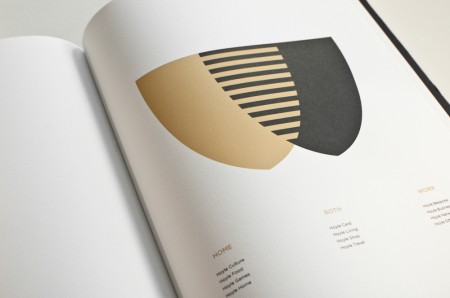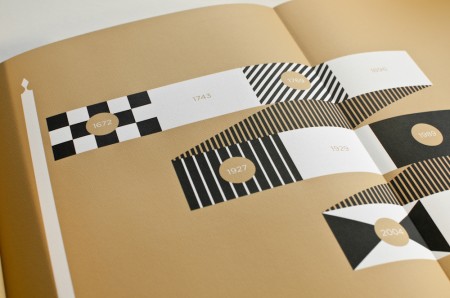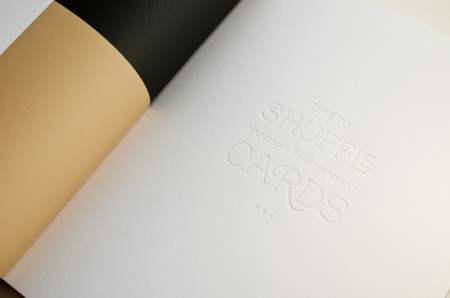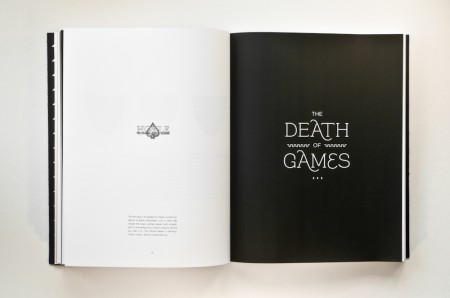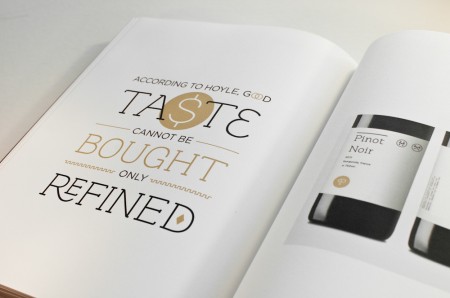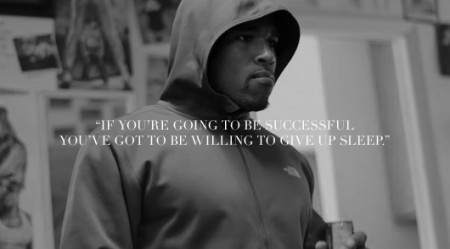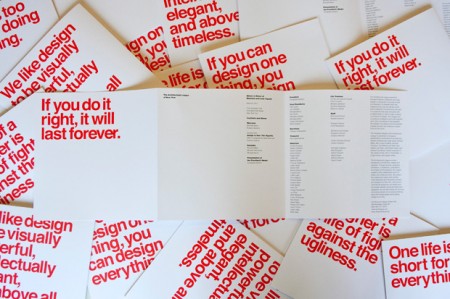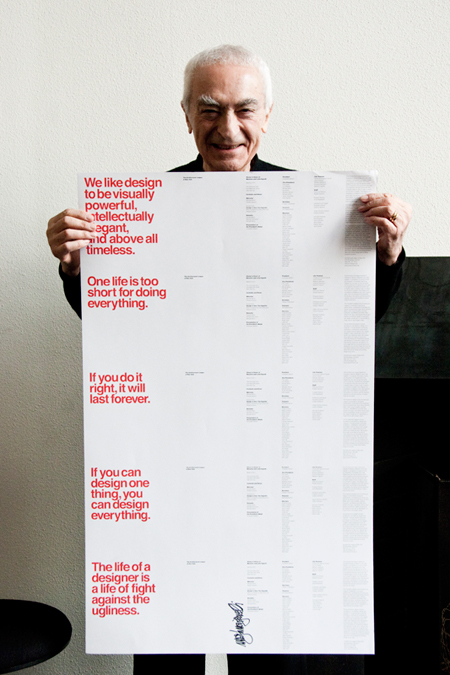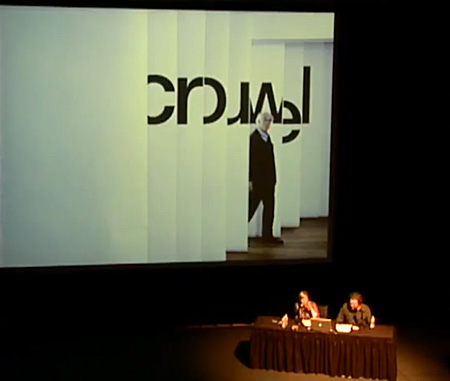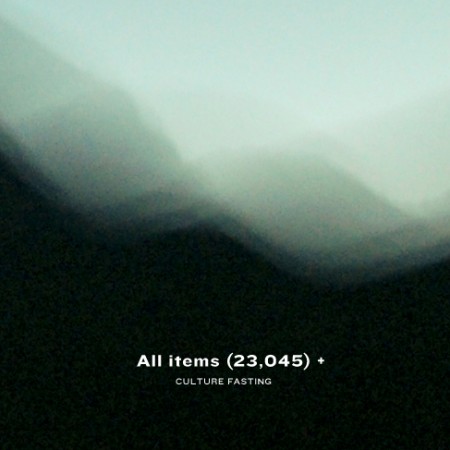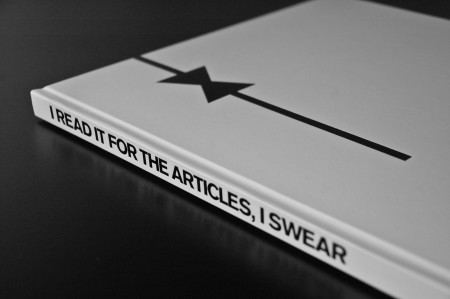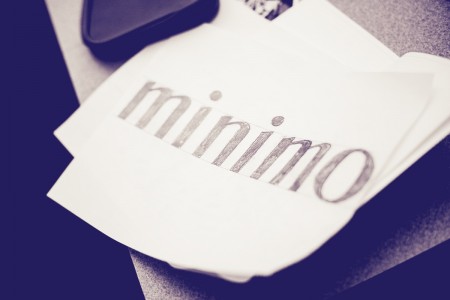


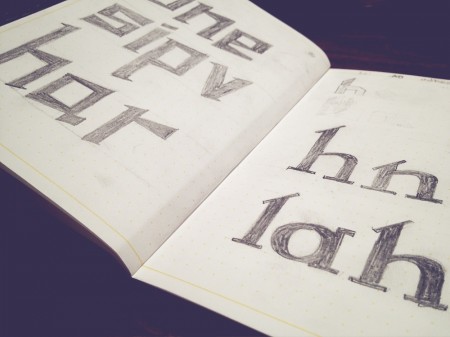

I just recently finished a five day intensive Typography course called Crafting Type. My head is still spinning a little from being so immersed into the realm of type design and fonts. I was surprised at after learning a few techniques for sketching and drawing how quick it was to get some decent ideas down on paper. I highly recommend the course if you ever get the chance to take it.
The course was led by Dave Crossland with Eben Sorkin and Octavio Pardo. Dave is a firm believer in “Libre Software” (free software) and is now creating Libre fonts. He is currently working as ‘Font Consultant’ to the Google Web Fonts project and has contributed many fonts to it. He also is a large contributor to FontForge and set each of us up with his own customized version to design our fonts.
The interesting part (that I didn’t realize) about Libre fonts is you are free to edit them and improve or make variations of them, providing you contribute them back into the Libre community. This is completely opposite of the current commercial type model (philosophically and financially). It was an eyeopener for me into the possibilities of this movement.
As web designer having fonts that I can use freely in my designs (on the web) is huge. Thinking back even a couple years, it was almost an impossibility due to Licensing. Some might argue that with the free fonts there is less “quality control” and a model more like Typekit is a better solution (both for users and font designers). Either way with a player as big as google building its free font library its exciting for me to see the flood gates on type and type creation opening up, even just a little bit.
Posted by: Seth Hardie
Instagram: @hallwood
Photography by: Rob and Lauren
